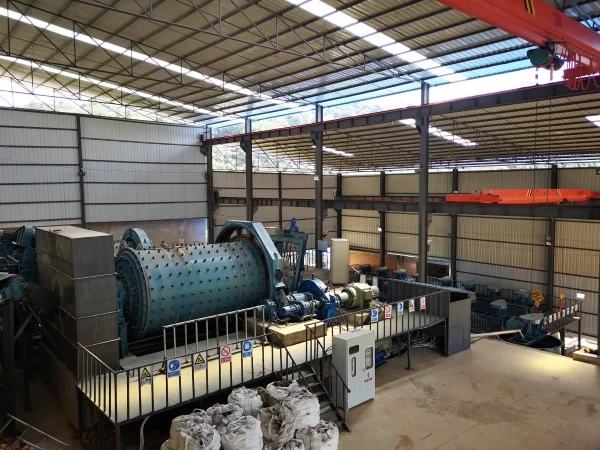
Introduction
In the complex process of copper-molybdenum ore beneficiation, the effective separation of copper and molybdenum minerals is crucial for maximizing the economic value of the ore. Sodium cyanide has long been used as a powerful depressant in the flotation process to selectively inhibit copper minerals, allowing for the preferential flotation of molybdenum. This article delves into the application of Sodium cyanide in a specific copper-molybdenum mine, exploring its working mechanism, practical implementation, and the challenges and solutions associated with its use.
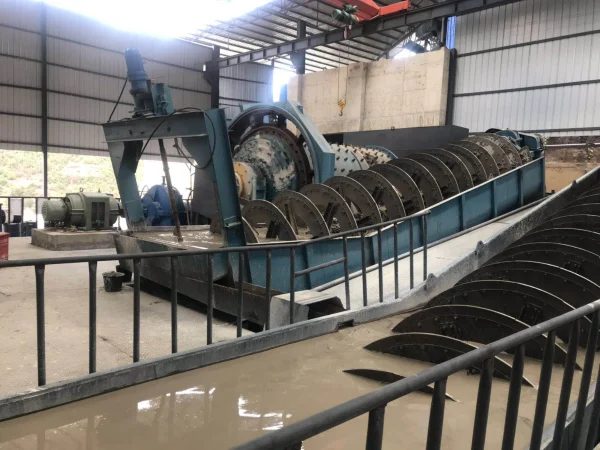
Working Mechanism of Sodium Cyanide as a Depressant
Sodium cyanide (NaCN) is a highly effective depressant for sulfide minerals such as chalcopyrite (copper ore). In the flotation system, Sodium Cyanide dissociates in water to release cyanide ions (CN⁻). These cyanide ions can react with metal ions on the surface of copper minerals. For example, with chalcopyrite (CuFeS₂), the cyanide ions can form stable metal-cyanide complexes. The reaction can be represented as follows:
CuFeS₂ + 4CN⁻ → Cu(CN)₄²⁻ + FeS₂ + 2e⁻
This reaction effectively dissolves the copper ions on the surface of chalcopyrite, forming a hydrophilic layer of copper-cyanide complexes. As a result, the surface of the copper mineral becomes less hydrophobic, reducing its ability to attach to air bubbles in the flotation cell. In contrast, molybdenite (MoS₂), the main molybdenum-bearing mineral, is relatively inert towards cyanide ions under normal flotation conditions. Molybdenite has a natural hydrophobic surface due to its layered structure, which allows it to be easily floated by the collector and air bubbles in the flotation process while the copper minerals are depressed by sodium cyanide.
Case Study: Copper-Molybdenum Mine
Ore Characteristics
The copper-molybdenum mine has an ore body with complex mineralogy. The main copper minerals are chalcopyrite and bornite, while the molybdenum is mainly present as molybdenite. The ore typically contains an average of 0.8% copper and 0.03% molybdenum. The particle size distribution of the minerals is also diverse, with some fine-grained minerals that pose challenges for efficient separation.
Flotation Process Flow
1.Bulk Flotation Stage
In the initial stage of the flotation process, a bulk flotation method is employed. A collector such as sodium isopropyl xanthate is added to the ore pulp to float both copper and molybdenum minerals together. This forms a bulk copper-molybdenum concentrate. The purpose of this stage is to enrich the valuable minerals from the gangue minerals.
2.Separation Flotation Stage
After the bulk flotation, the bulk concentrate is further processed in the separation flotation stage. Sodium cyanide is added to the pulp at this stage. The addition rate of sodium cyanide is carefully controlled based on the copper content in the bulk concentrate and the desired separation effect. Usually, the dosage ranges from 300 - 500 grams per ton of the bulk concentrate.
The pulp is then conditioned in a series of conditioning tanks to ensure the uniform distribution of sodium cyanide and its effective reaction with the copper minerals. After conditioning, the pulp enters the flotation cells. In the flotation cells, the depressed copper minerals sink to the bottom as tails, while the molybdenite floats to the surface with the help of air bubbles and is collected as the molybdenum concentrate.
3.Molybdenum Cleaning Stages
The molybdenum concentrate obtained from the separation flotation is further processed through multiple stages of cleaning flotation. In these cleaning stages, additional reagents may be added to further improve the purity of the molybdenum concentrate. The tails from the cleaning stages are usually recycled back to the appropriate point in the separation or bulk flotation process to maximize the recovery of valuable minerals.
Metallurgical Results
1.Molybdenum Recovery and Grade
Before the implementation of the optimized sodium cyanide - based separation process, the molybdenum recovery in the mine was around 60% with a molybdenum concentrate grade of about 40%. After the careful adjustment of the sodium cyanide dosage and process parameters, the molybdenum recovery has increased to over 75%. The grade of the molybdenum concentrate has also been improved to 45% or higher in most cases.
2.Copper Depressing Effect
The use of sodium cyanide has effectively depressed the copper minerals. The copper content in the final molybdenum concentrate has been reduced from about 5% to less than 2%. This significant reduction in copper content in the molybdenum concentrate not only improves the quality of the molybdenum product but also reduces the cost of further refining the molybdenum concentrate in the smelting process.
Challenges and Solutions in Using Sodium Cyanide
Environmental and Safety Concerns
1.Toxicity of Sodium Cyanide
Sodium cyanide is highly toxic. Any leakage or improper handling during the mining and beneficiation process can pose a serious threat to the environment and human health. In case of accidental leakage, cyanide ions can quickly enter the soil and water sources, causing pollution and endangering aquatic life and plants.
2.Solutions
Strict Safety Protocols: The mine has implemented strict safety protocols for the storage, transportation, and use of sodium cyanide. Specialized storage facilities with double - walled tanks and leak - detection systems are used to store sodium cyanide. All employees involved in handling sodium cyanide are required to undergo regular safety training, including emergency response procedures in case of leaks.
Treatment of Tailings and Wastewater: The mine has installed advanced wastewater treatment systems. After the flotation process, the tailings and wastewater containing residual sodium cyanide are treated to remove or detoxify the cyanide. One common method is the use of hydrogen peroxide or hypochlorite to oxidize the cyanide ions into less toxic forms such as cyanate (CNO⁻) or nitrogen and carbon dioxide. The treated wastewater is then carefully monitored to ensure that the cyanide concentration meets the environmental discharge standards before being released.
Process Optimization Challenges
1.Variability in Ore Quality
The ore quality in the copper - molybdenum mine can vary significantly. Different ore batches may have different copper - molybdenum ratios, mineralogical compositions, and particle size distributions. This variability can affect the effectiveness of sodium cyanide as a depressant. For example, in ores with a higher proportion of fine - grained copper minerals, more sodium cyanide may be required to achieve the same level of copper depression.
2.Solutions
Real - Time Ore Analysis: The mine has invested in advanced analytical equipment to perform real - time analysis of the incoming ore. X - ray fluorescence (XRF) and laser - induced breakdown spectroscopy (LIBS) are used to quickly determine the chemical composition of the ore. Based on the analysis results, the dosage of sodium cyanide and other reagents can be adjusted in a timely manner.
Model - Based Process Control: A mathematical model has been developed to predict the optimal sodium cyanide dosage and process parameters based on the ore characteristics. The model takes into account factors such as copper - molybdenum ratio, mineralogical composition, and particle size. This model - based process control system allows for more precise control of the flotation process, improving the efficiency of copper - molybdenum separation even in the face of ore quality variability.
Conclusion
the application of sodium cyanide as a Copper depressant in the flotation process has proven to be effective in achieving the separation of copper and molybdenum minerals. Through careful control of the sodium cyanide dosage, optimization of the flotation process flow, and implementation of strict environmental and safety measures, the mine has been able to improve the recovery and grade of molybdenum concentrate while effectively depressing copper minerals. However, the challenges associated with the use of sodium cyanide, such as environmental and safety concerns and process optimization in the face of ore quality variability, require continuous attention and the implementation of appropriate solutions. As the mining industry moves towards more sustainable and efficient practices, further research and development are needed to find alternative depressants or improve the existing sodium cyanide - based process to minimize its environmental impact while maintaining high metallurgical performance.
- Random Content
- Hot content
- Hot review content
- Salicylhydroxamic acid / Salicyl Hydroximic Acid 60%Min
- The Essential Guide to Sodium Cyanide: Usage Cases and Sourcing
- Collector BLK-301/Composite Flotating Active Matter ≥60%
- High-strength Shock tube(VOD≧2000m/s)
- Digital Electronic Detonator(Delay time 0~ 16000ms)
- Dodecylbenzenesulfonic acid
- Manganese sulfate
- 1Discounted Sodium Cyanide (CAS: 143-33-9) for Mining - High Quality & Competitive Pricing
- 2China's New Regulations on Sodium Cyanide Exports and Guidance for International Buyers
- 3Sodium Cyanide 98% CAS 143-33-9 gold dressing agent Essential for Mining and Chemical Industries
- 4International Cyanide(Sodium cyanide) Management Code - Gold Mine Acceptance Standards
- 5China factory Sulfuric Acid 98%
- 6Anhydrous Oxalic acid 99.6% Industrial Grade
- 7Oxalic acid for mining 99.6%
- 1Sodium Cyanide 98% CAS 143-33-9 gold dressing agent Essential for Mining and Chemical Industries
- 2High Quality 99% Purity of Cyanuric chloride ISO 9001:2005 REACH Verified Producer
- 3Zinc chloride ZnCl2 for High Molecular Weight Polymers Initiator
- 4High Purity · Stable Performance · Higher Recovery — sodium cyanide for modern gold leaching
- 5High Quality Sodium Ferrocyanide / Sodium Hexacyanoferr
- 6Gold Ore Dressing Agent Safe Gold Extracting Agent Replace Sodium Cyanide
- 7Sodium Cyanide 98%+ CAS 143-33-9

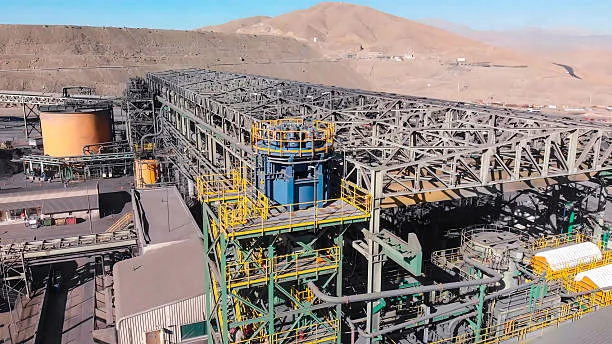
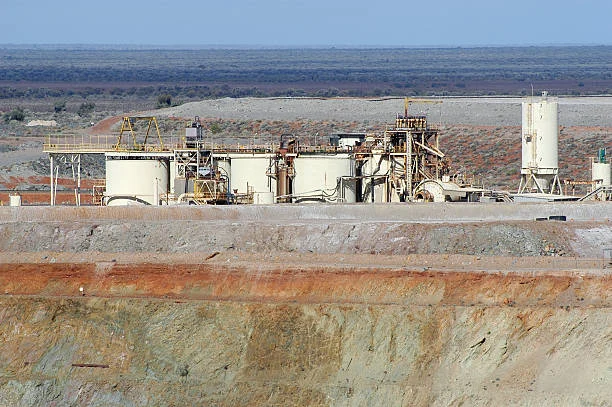
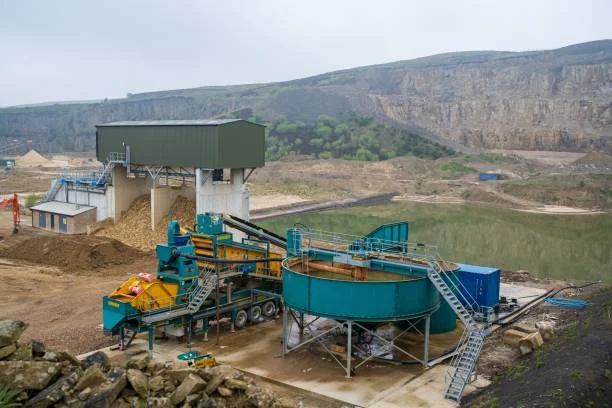
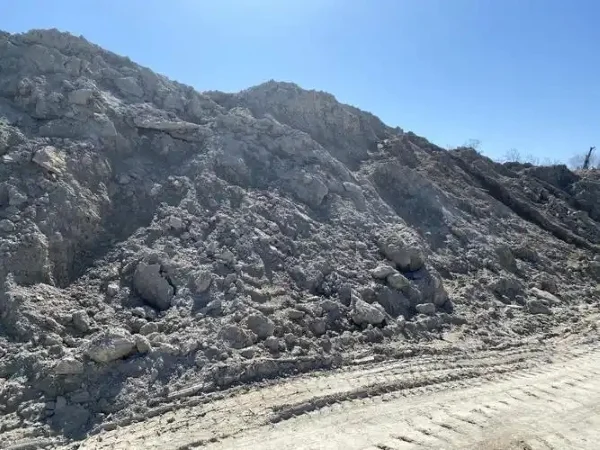
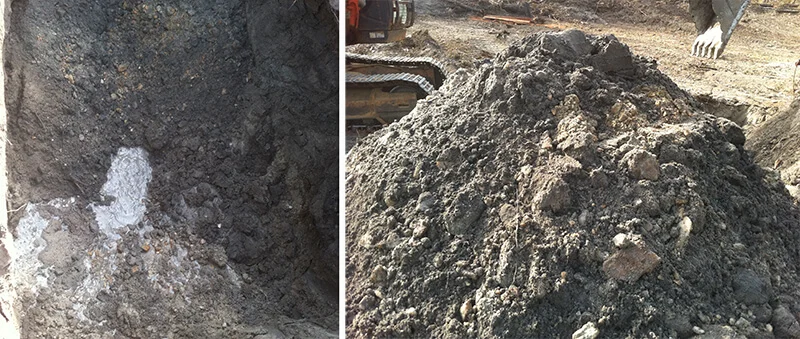
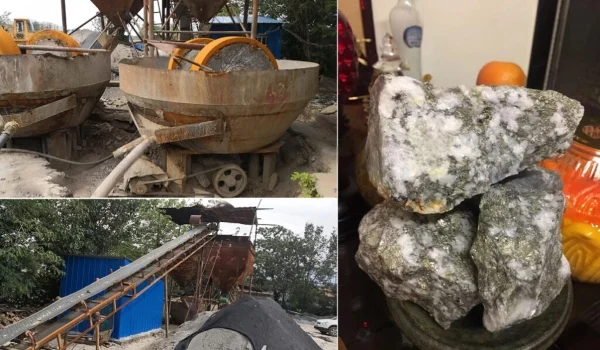
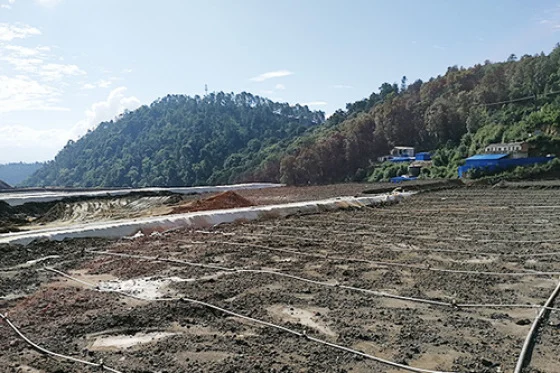


Online message consultation
Add comment: